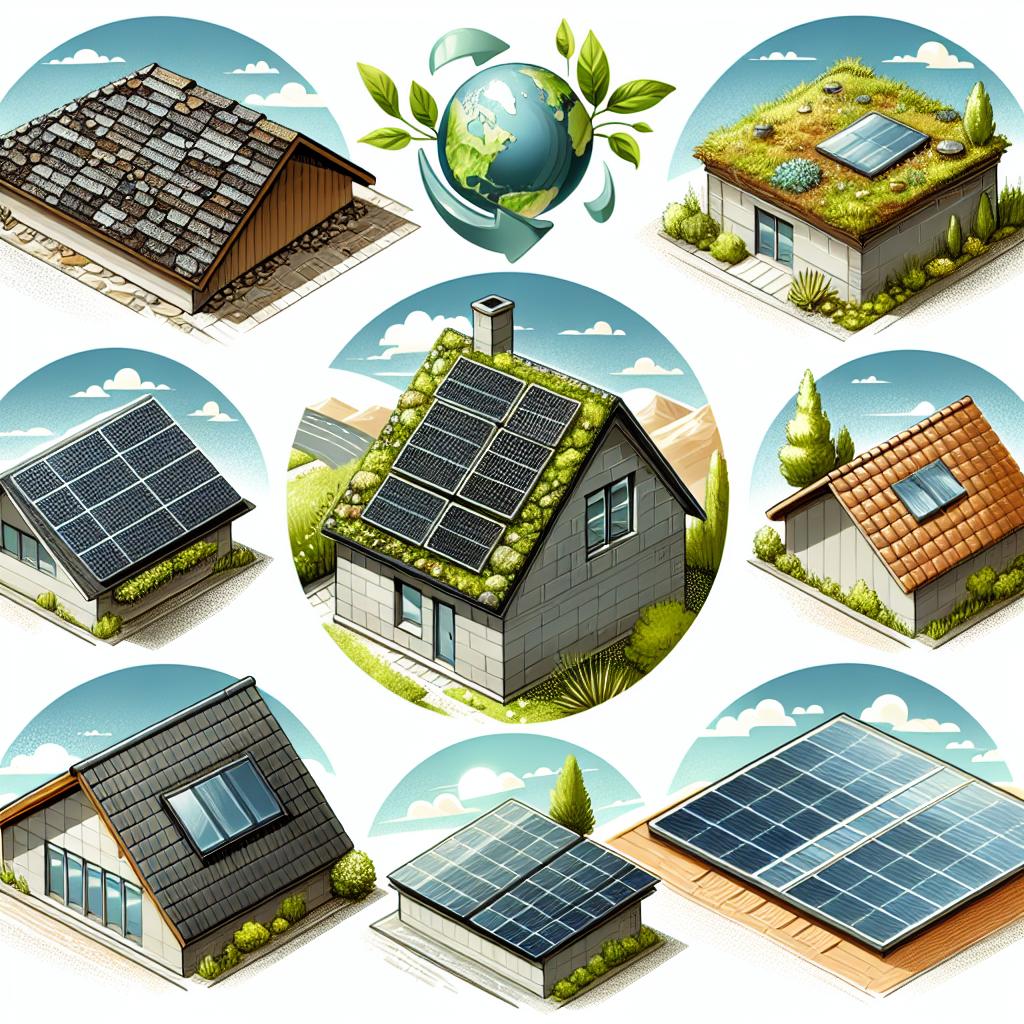

Eco-friendly roofing materials
Article Sponsored by:
Mays Contracting is more than just a roofing company; it’s a family legacy built on trust and quality. Founded in 1979, we’ve been serving the community for over four decades. Our story began with a simple vision: to provide exceptional roofing services for both residential and commercial properties. This vision has guided us ever since, as we’ve grown from a small, family-run operation to a trusted name in the industry.
Choosing the right roofing materials is essential for the sustainability of your home. Eco-friendly roofing options provide benefits not only to the environment but also to homeowners, including energy efficiency and longevity. This article serves as a detailed guide to navigating the various eco-friendly roofing materials available today.
Eco-friendly roofing refers to materials and installation practices that have minimal environmental impact. These options help reduce energy consumption, improve indoor air quality, and support sustainability efforts.
Various eco-friendly roofing materials can be used when constructing a sustainable home. Below are some of the most prominent options:
Metal roofing has gained popularity due to its durability, longevity, and recyclability. Here are some key benefits:
Slate is a natural stone material known for its durability and aesthetic appeal. Its benefits include:
Clay and concrete tiles are also eco-friendly roofing options with several advantages:
Green roofs consist of vegetation planted over a waterproofing membrane. Their benefits include:
When selecting eco-friendly roofing options, several key factors must be taken into account:
Different roofing materials perform better in specific climates. For example, metal roofs excel in hot climates, while clay tiles are preferred in areas prone to heavy rain.
Select materials that not only last long but also require minimal maintenance. This reduces resource consumption over time and contributes to sustainability.
While eco-friendly materials may have a higher upfront cost, consider long-term savings in energy efficiency and maintenance. Analyze the return on investment of choosing sustainable options.
Proper installation of eco-friendly roofing is crucial for achieving its intended benefits. Always consider hiring certified professionals who understand sustainable practices and local building codes.
Be aware of local zoning laws and building codes that could impact your choice of roofing materials. Some areas offer incentives for using renewable materials; take advantage of these opportunities.
Beyond selecting sustainable materials, there are additional methods to enhance the eco-friendliness of your roof:
Proper insulation not only enhances energy efficiency but also prolongs the lifespan of your roofing materials. Ensure that your home is well-insulated to maximize energy conservation.
Solar panels can be installed on eco-friendly roofs, converting sunlight into energy. This addition not only lowers energy bills but also provides renewable energy.
Selecting eco-friendly roofing options for a sustainable home involves careful consideration of materials, climate, costs, and installation. Understanding the benefits of various materials will guide homeowners in making informed choices that align with their sustainability goals. By investing in eco-friendly roofing, not only does one contribute to a healthier environment, but they also foster long-term savings and durability for their home.

Quality Roof Construction and Repair in Lexington, Richland, Newberry and Laurens Counties for over 40 Years.
News Summary Wesley Bryan, a notable PGA Tour player, has announced his intention to appeal…
News Summary Blue Ridge High School achieved a historic victory at the prestigious Southern Cross…
News Summary Governor Henry McMaster has declared a state of emergency in South Carolina as…
News Summary A man has been arrested following a hit-and-run incident on Sullivan's Island that…
News Summary In Florence County, South Carolina, two women have been charged following the tragic…
News Summary Frasers Property is making a renewed effort to take Frasers Hospitality Trust private…